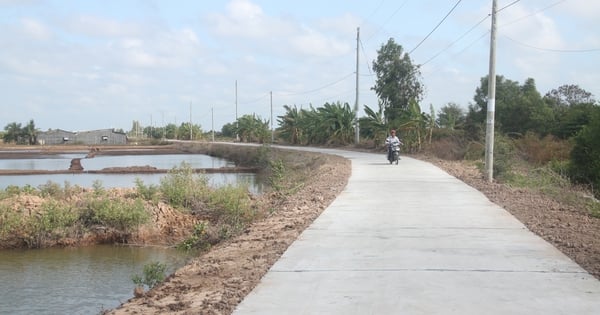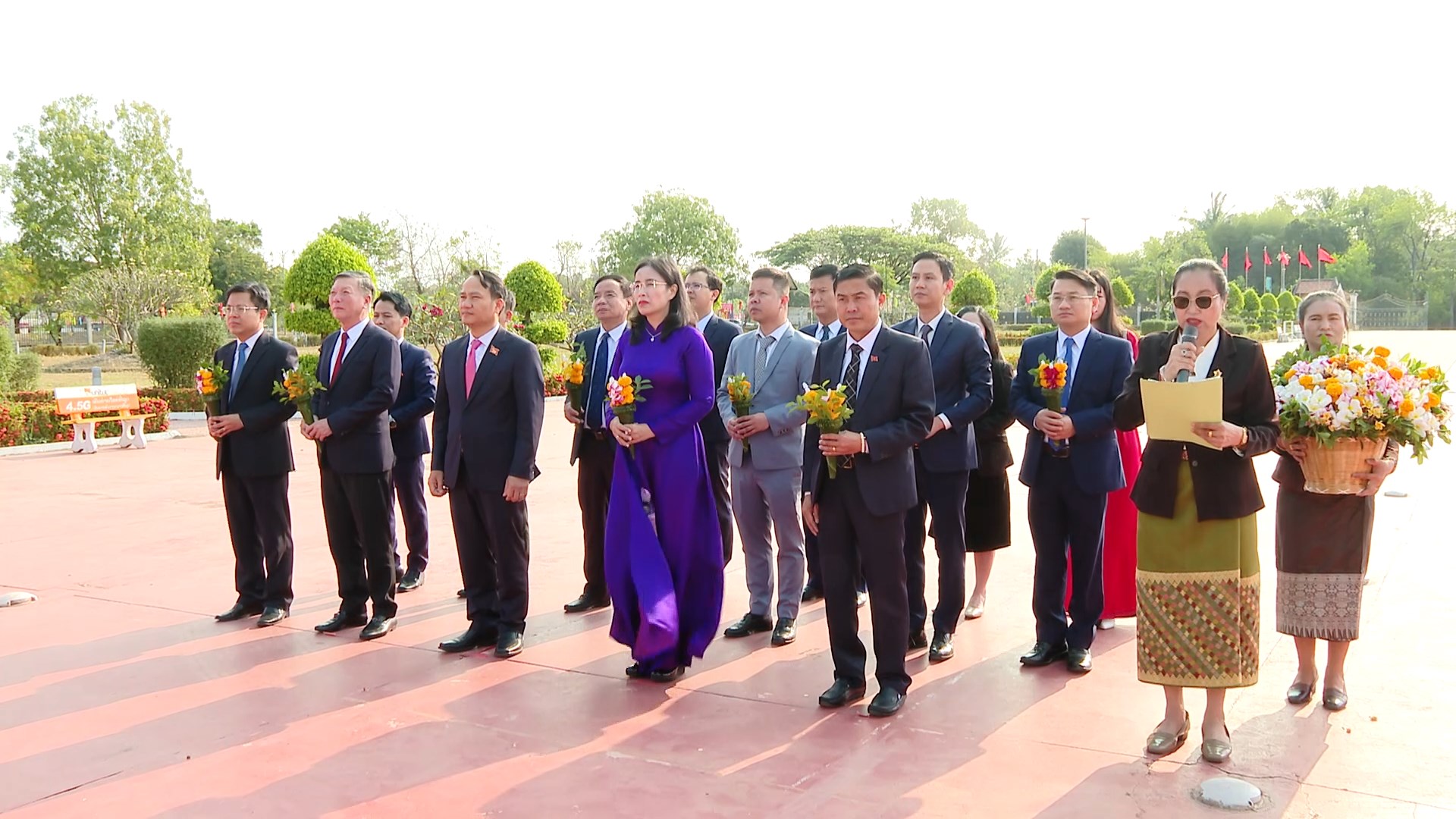Mosquito-borne diseases such as malaria and dengue fever spreading in Europe due to climate change will spread to unaffected areas in northern Europe, the Americas, Asia and Australia, experts say.
1. Why does climate change cause an increase in mosquito-borne diseases?
Mosquitoes transmit diseases such as malaria and dengue fever, the prevalence of which has increased dramatically over the past 80 years due to global warming combined with a humid climate that creates favorable conditions for mosquitoes to thrive.
Additionally, droughts and floods associated with climate change could lead to increased virus transmission, with stored water creating more breeding grounds for mosquitoes.
Professor Rachel Lowe, head of the global health resilience group in Barcelona, Spain, has warned that the risk of mosquito-borne disease outbreaks spreading far and wide, even to unaffected areas such as Northern Europe, Asia, North America and Australia in the coming decades, and the world needs to prepare for a sharp increase in these diseases.

Aedes mosquitoes cause dengue fever.
Global warming due to climate change means that vectors of malaria and dengue fever could find homes in more areas, with outbreaks occurring in places where people have weak immunity and public health systems and prevention are poor.
Dengue fever used to be confined to tropical and subtropical regions, where overnight freezing temperatures would kill the insect’s larvae and eggs in temperate climates. But now, with longer hot seasons and fewer frosts, it has become the world’s fastest-spreading mosquito-borne viral disease, and is spreading in Europe.
As of 2023, the Asian tiger mosquito ( Aedes albopictus ), which carries dengue fever, has appeared in 13 countries: Italy, France, Spain, Malta, Monaco, San Marino, Gibraltar, Liechtenstein, Switzerland, Germany, Austria, Greece and Portugal.
Mosquitoes are thriving, facilitating the transmission of dengue fever. According to reports, the number of dengue cases has increased eightfold in the past two decades from 500,000 cases in 2000 to more than 5 million cases in 2019.
Professor Lowe added that if carbon emissions and population growth continue at current levels, the number of people living in areas with mosquito-borne diseases will double to 4.7 billion by the end of the century.

Climate change increases mosquito-borne diseases.
2. Climate change increases drug resistance
Professor Sabiha Essack at the University of KwaZulu-Natal in South Africa said climate change was a “multiplier threat” to drug resistance: “Climate change compromises ecological and environmental integrity, water systems, creating conditions for pathogens to thrive.”
Human activities associated with population growth and travel, together with climate change, are increasing the incidence of drug resistance and the spread of waterborne and vector-borne diseases in humans, animals and crops.
Professor Lowe added: "With climate change and the unpredictable developments that are taking place now, it seems very difficult to solve the problem. In addition, the situation of drug-resistant parasites also increases the threat to the current epidemic situation. We are likely to see more cases and even deaths from diseases such as dengue fever and malaria across the European continent. We need to anticipate outbreaks and intervene early to prevent them."
Health and Life Newspaper
Source


![[Photo] Prime Minister Pham Minh Chinh meets with King Philippe of Belgium](https://vstatic.vietnam.vn/vietnam/resource/IMAGE/2025/4/1/be2f9ad3b17843b9b8f8dee6f2d227e7)


![[Photo] Close-up of Vietnam's sniffer dog team searching for earthquake victims in Myanmar](https://vstatic.vietnam.vn/vietnam/resource/IMAGE/2025/4/1/d4949a0510ba40af93a15359b5450df2)
![[Photo] General Secretary To Lam receives King Philippe of Belgium](https://vstatic.vietnam.vn/vietnam/resource/IMAGE/2025/4/1/e5963137a0c9428dabb93bdb34b86d7c)
![[Photo] President Luong Cuong and King Philippe of Belgium visit Thang Long Imperial Citadel](https://vstatic.vietnam.vn/vietnam/resource/IMAGE/2025/4/1/cb080a6652f84a1291edc3d2ee50f631)



















![[6pm News] Of the 40 newly discovered gold mines, 4 are in Thanh Hoa](https://vstatic.vietnam.vn/vietnam/resource/IMAGE/2025/4/1/08644991aa1b4030a549159f2f87c0d6)




![[Photo] Myanmar's capital in disarray after the great earthquake](https://vstatic.vietnam.vn/vietnam/resource/IMAGE/2025/4/1/7719e43b61ba40f3ac17f5c3c1f03720)



























































Comment (0)